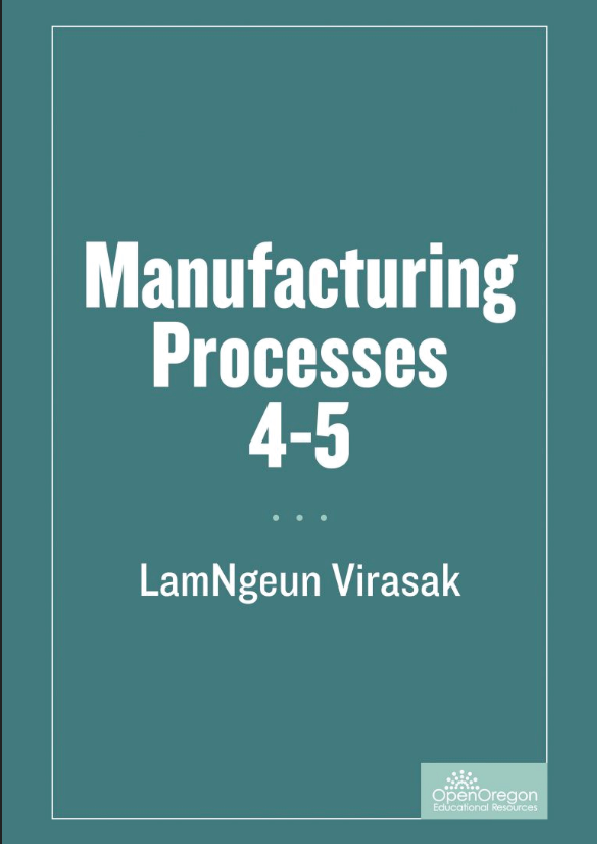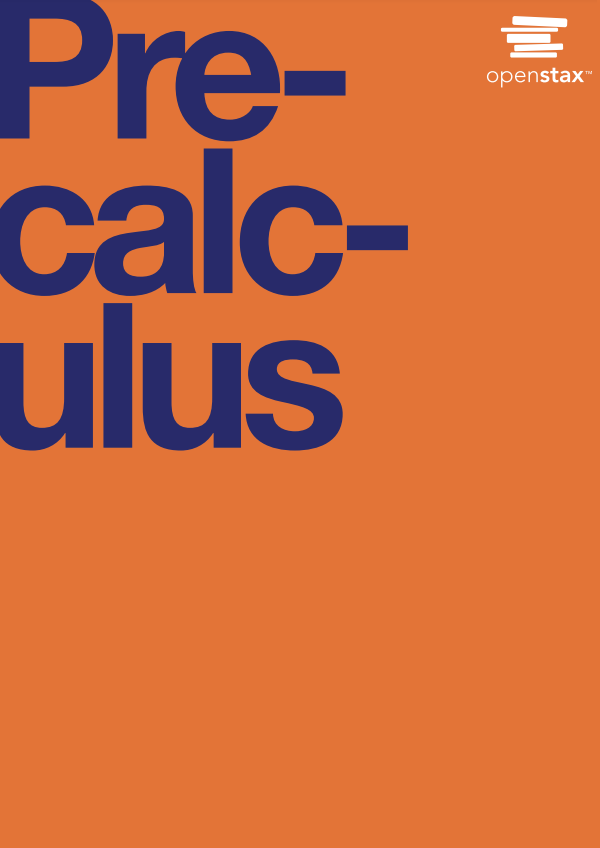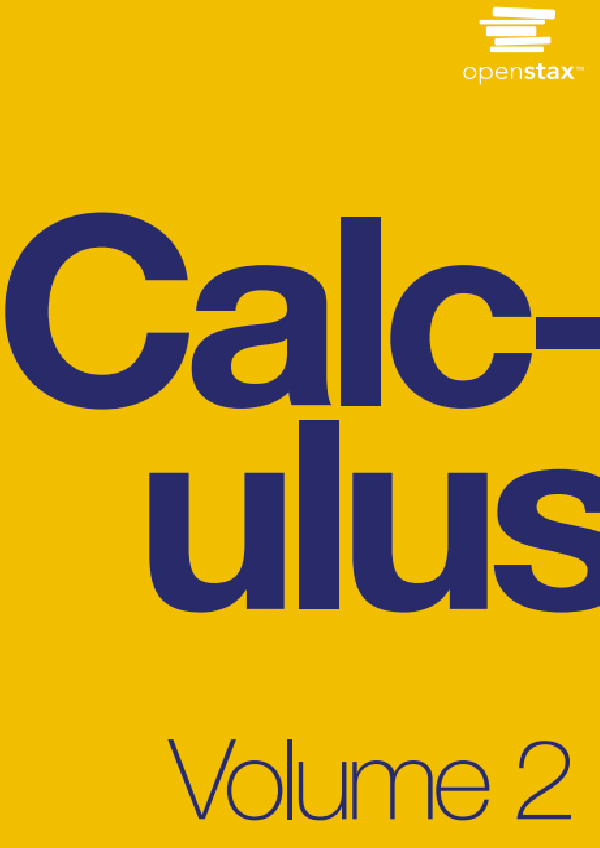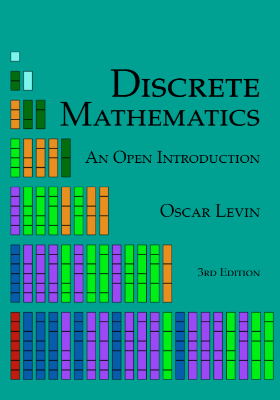This textbook provides an introduction to the important area of manufacturing processes. This text will explain the hows, whys, and whens of various machining operations, set-ups, and procedures. Throughout this text, you will learn how machine tools operate, and when to use one particular machine instead of another. It is organized for students who plan to enter the manufacturing technology field and for those who wish to develop the skills, techniques, and knowledge essential for advancement in this occupational cluster. The organization and contents of this text focus primarily on theory and practice.
The machining processes and technology sections in this textbook cover such machine tools as surface grinders, bandsaws, drill presses, milling machines, and the engine lathe. Additionally, the importance of Computer Numerical Control (CNC) in the operation of the most machine tools is explained, and its role in automated manufacturing is explored thoroughly.
The Machinist is a skilled worker who uses blueprint drawings, hand tools, precision measuring tools, grinders, lathes, milling machines, and other specialized machine tools to shape and finish metal and nonmetal parts. Machinists must have a good understanding of the following basic and advanced machining practices and technologies.
- Proficiency in safely operating machine tools of various types.
- Knowledge of the working properties of metals and nonmetals.
- Academic skill.
The primary purpose of this book is to provide an open source textbook that covers most machine tool manufacturing process courses. The material in this textbook was obtained from a variety of sources. All sources are cited in the reference section at the end of each chapter.
Manufacturing and workshop practices have become an important part in the industrial environment to produce products for the service of mankind. Knowledge of manufacturing practices is highly essential for all machinists familiarizing themselves with modern concepts of manufacturing technologies. The requirement is to provide theoretical and practical knowledge of manufacturing processes and workshop technology to all machinist students. Therefore, an attempt has been made throughout this textbook to present both the theoretical and practical knowledge of these subjects.
This text book covers most of the syllabus of Manufacturing Processes 4 and 5. While preparing the manuscript of this textbook, the examination requirements of machinist students have been kept in mind. This book is written in very simple language so that even the average student can easily grasp the subject matter. Some comparisons have been given in tabular form and stress has been given on figures for the better understanding of tools, equipment, machines, and manufacturing setups used in various manufacturing shops.
Milling Machines
Description
The milling machine is one of the most versatile machines in the shop. Usually they are used to mill flat surfaces, but they can also be used to machine irregular surfaces. Additionally, the milling machine can be used to drill, bore, cut gears, and produce slots into a workpiece.
The milling machine uses a multi-toothed cutter to remove metal from moving stock. There is also a quill feed lever on the mill head to feed the spindle up and down. The bed can also be manually fed in the X, Y, and Z axes. Best practices are to adjust the Z axis first, then Y, then X.
When an axis is properly positioned and is no longer to be fed, use the gib locks to lock it in place.
It is common for milling machines to have a power feed on one or more axes. Normally, a forward/reverse lever and speed control knob is provided to control the power feed. A power feed can produce a better surface finish than manual feeding because it is smoother. On long cuts, a power feed can reduce operator fatigue.











